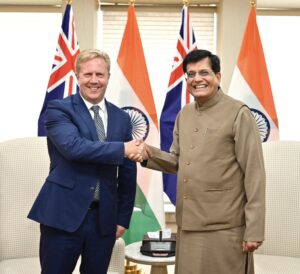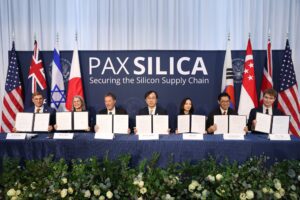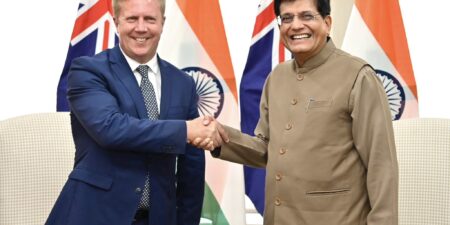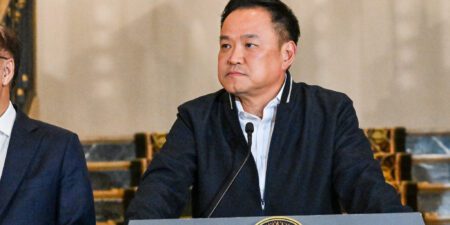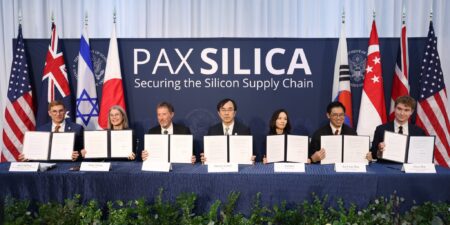
Thailand Tariff Tracker | July 21, 2025
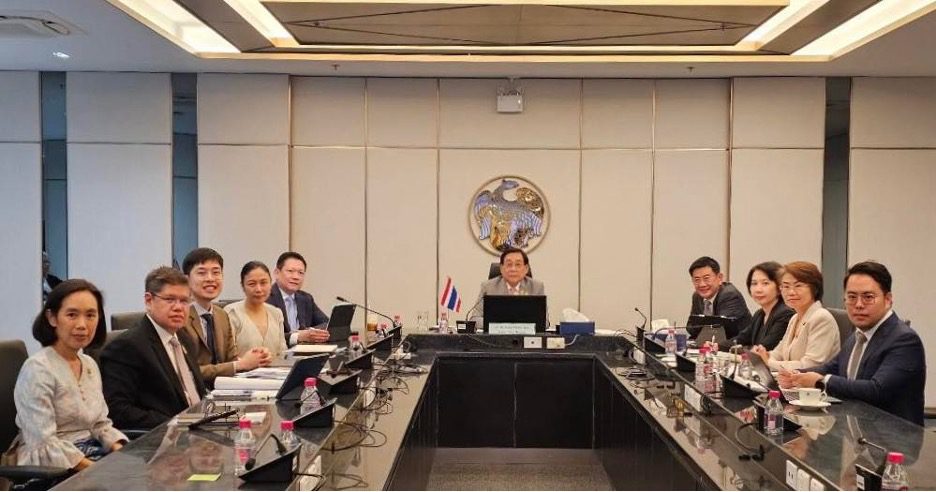
The BGA Thailand Team, led by Managing Director Teerasak Siripant, wrote an update to clients on trade talks between Thailand and the United States.
Context
- After multiple technical rounds, Thailand successfully held its second formal tariff negotiation with the U.S. Trade Representative’s office (USTR) July 17, Bangkok time. Although no formal outcome has been announced, both sides agreed to continue technical coordination. The United States indicated that Thailand’s revised proposal would be reviewed by Trump, signaling that the final decisions may hinge on a leader-to-leader call. This mirrors the pattern used in finalizing trade terms with Vietnam and Indonesia earlier.
- Deputy Prime Minister and Finance Minister Pichai Chunhavajira led the Thai delegation, presenting a refreshed offer based on consultations with export sectors, producers and regulatory agencies. The updated package includes new concessions on market access, streamlined nontariff barriers and stronger signals of Thai support for U.S. investment. Officials believe this recalibration could help push the tariff rate below the current 36 percent, with 18-28 percent now seen as a politically realistic outcome.
- Thailand’s approach aims for a “balanced deal” that protects strategic interests while responding to U.S. demands. The proposal offers zero percent tariffs on approximately 90 percent of imported U.S. goods, particularly those not produced or insufficiently supplied by Thailand. This structure helps shield domestic producers while remaining consistent with World Trade Organization and existing Thai free trade agreement obligations.
Significance
- Thailand remains engaged in the negotiation window and has not been sidelined. The July 17 engagement — though inconclusive — signaled that Washington continues to see Thailand as a viable negotiating partner. However, this should not be interpreted as a guarantee of a favorable outcome. The process mirrors aspects of past deals with Vietnam and Indonesia, but the final result will likely hinge on political signaling as much as technical merit. With tariff reduction levels still uncertain, risks remain that the outcome could fall short of expectations.
- Thai leaders have publicly framed the negotiations as a strategic and confident undertaking, likely to manage domestic expectations and deflect criticism. Notably, Thaksin’s commentary has helped reframe what might otherwise be seen as a reactive posture into a forward-looking, nationally driven agenda. However, this framing largely reflects the Thai side. Without parallel insights from U.S. sources, including D.C.-based reporting or statements from USTR, the extent to which Washington shares this view remains unclear. The market response reflects belief in a partial resolution, with sectors such as electronics and finished goods positioned to benefit. However, agriculture, SMEs and gem exporters remain exposed if the tariff is not lowered or if local content rules tighten without offsetting support.
Implications
- Thailand appears to be using the negotiations as an opportunity to advance its longer-term supply chain reform agenda. The regional value content (RVC) debate has surfaced as a potential catalyst for industrial upgrades and resilience planning. There are early discussions around a bilateral carve-out that could favor U.S. interests so long as it is legally insulated from World Trade Organization challenges and does not compromise existing free trade agreement frameworks. However, these ideas remain largely aspirational. It is unclear whether Washington shares this vision or whether such proposals will gain meaningful traction in the final negotiation outcome.
- Thailand is still navigating a fluid negotiation landscape, with outcomes that could range from modest tariff relief to a less favorable status quo. Clients should stay alert and prepare for multiple scenarios, including the risk of Thailand ending up with higher tariffs than its peer competitors. Much depends on how Thai negotiators leverage this final window. Whether the result is transformational or merely transitional will hinge on both diplomatic timing and trade policy alignment. Companies should engage closely with Thai agencies on rules-of-origin and RVC discussions, assess trade exposure under all scenarios, monitor developments in the Cabinet and Parliament, where ratification will shape the timeline, and participate in private-sector consultations to shape sector-specific proposals and incentives.
We will continue to keep you updated on developments in Thailand as they occur. If you have comments or questions, please contact BGA Thailand Managing Director Teerasak “Art” Siripant at tsiripant@bowergroupasia.com.
Best regards,
BGA Thailand Team

Teerasak Siripant
Managing Director
Art is an intuitive leader with a strong set of relationships with Thailand’s government, business, media and civil society leaders. His network spans a diverse set of stakeholders, from farmers in rural Thailand to the top echelons of Thailand’s political leadership. Prior to joining BGA, Art spent a decade serving as the chief political advisor to the Australian ambassador to Thailand. In this role, he had a front row seat to the most significant political and economic developments in Thailand. Earlier, he served as an army intelligence officer in the Royal Thai Armed Forces. Art has played a central role ... Read More
×

















